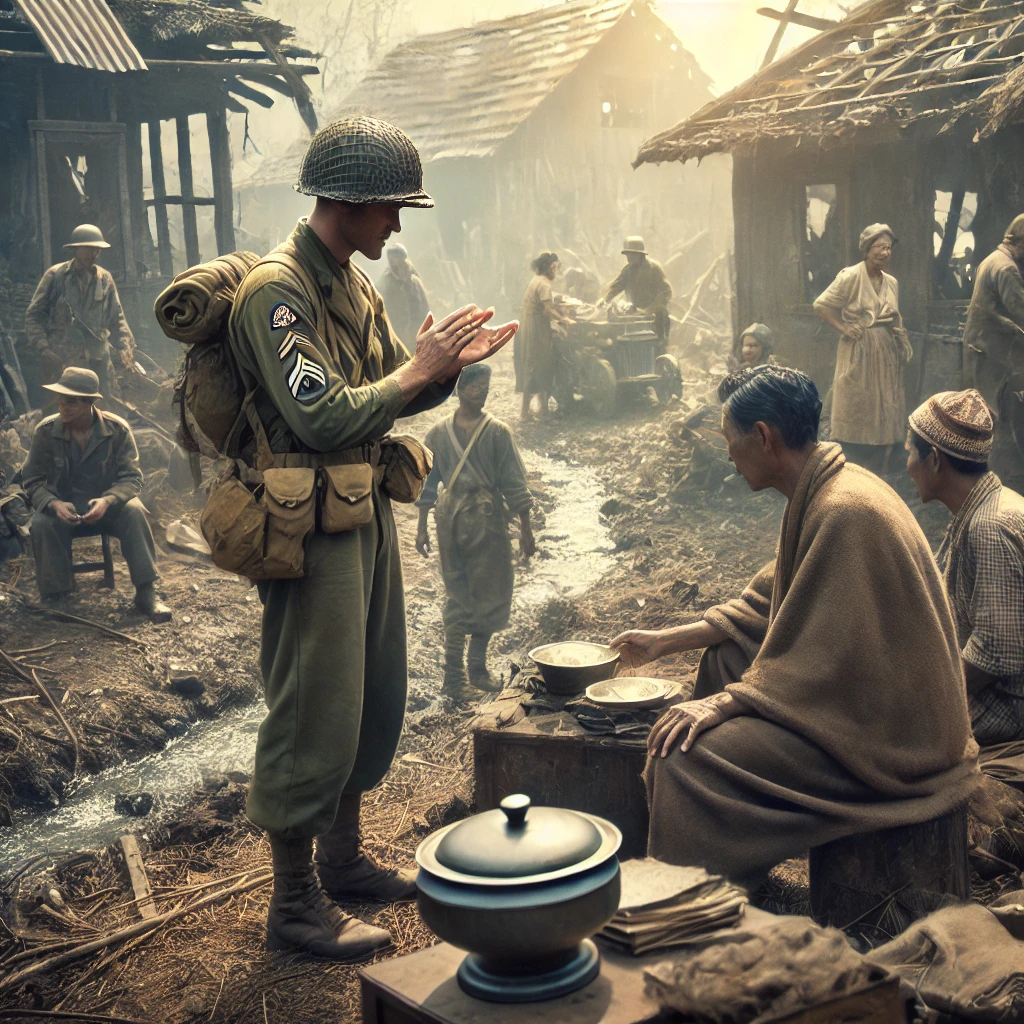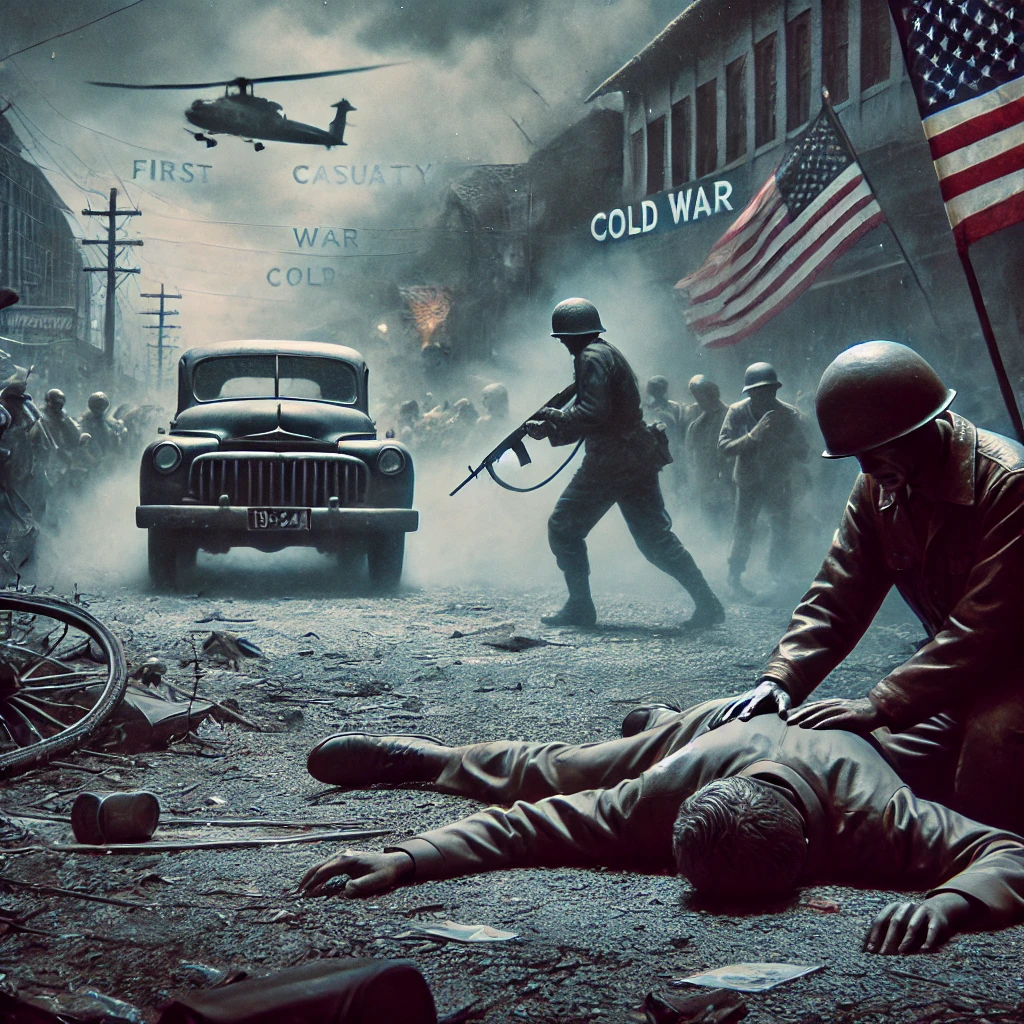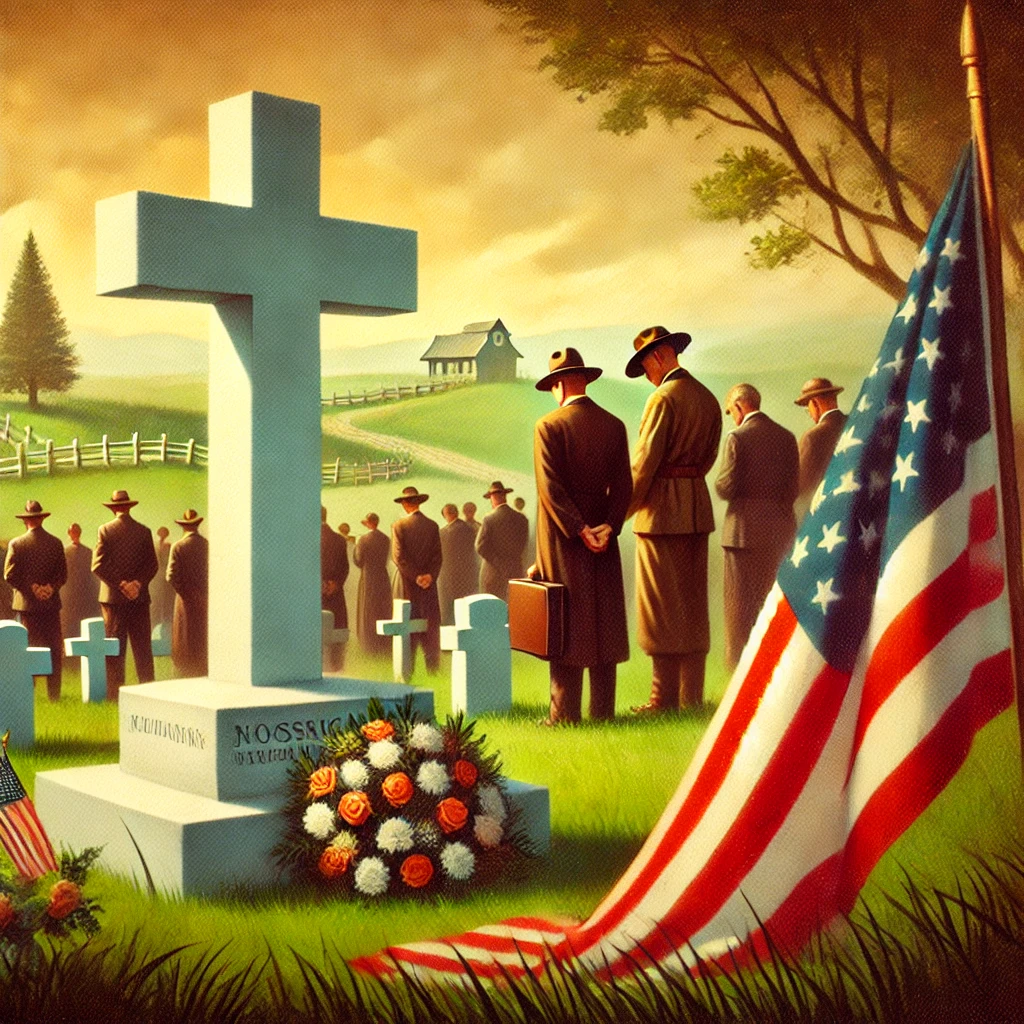On August 25, 1945, an American missionary in China, John E. Downey, became the first casualty of the Cold War, marking a grim milestone in the nascent conflict between the United States and the Soviet Union. The Cold War, which began shortly after the end of World War II, was characterized by political, military, and ideological tension between the two superpowers and their respective allies. The conflict extended to various parts of the world, including Asia, where the geopolitical struggle was particularly intense.
Downey’s death occurred against the backdrop of a rapidly changing global landscape. After World War II, China was engulfed in a civil war between the Nationalists, led by Chiang Kai-shek, and the Communists, led by Mao Zedong. The outcome of this conflict would significantly influence the balance of power in the region and shape the dynamics of the Cold War. The U.S. was actively involved in supporting the Nationalists, while the Soviet Union was backing the Communists, setting the stage for a prolonged and multifaceted confrontation.

The Circumstances of the Tragedy
John E. Downey was a missionary working in China who had become caught in the crossfire of the ongoing civil war. On August 25, 1945, Downey was involved in a tragic incident that resulted in his death, marking the beginning of what would become a series of Cold War-related casualties. His death highlighted the risks faced by individuals caught in the geopolitical crosscurrents of the era, as the conflict between the U.S. and the Soviet Union extended into various regions and affected many lives.
The circumstances of Downey’s death were emblematic of the broader tensions that would characterize the Cold War. The struggle for influence and control in China was a microcosm of the larger global struggle between East and West. Downey’s death served as a stark reminder of the human cost of geopolitical conflicts and the ways in which individuals could become unintended casualties in the broader struggle for power and ideology.

The Legacy of the First Cold War Casualty
John E. Downey’s death on August 25, 1945, is remembered as a significant moment in the early history of the Cold War. It underscores the immediate and often tragic consequences of the ideological and geopolitical confrontations that would define the conflict between the United States and the Soviet Union. Downey’s death also serves as a symbol of the broader impact of the Cold War on individuals and communities around the world.
The Cold War would continue for nearly half a century, with numerous incidents, conflicts, and crises shaping its course. Downey’s death marked the beginning of a long period of tension and competition between the superpowers, influencing global politics and international relations in profound ways. The legacy of this period is reflected in the ongoing study and analysis of Cold War history, as well as in the continued examination of the human costs associated with geopolitical conflicts.

August 25, 1945, stands as a somber reminder of the early days of the Cold War and the ways in which global power struggles can have far-reaching and tragic consequences for individuals caught in their midst. The memory of John E. Downey and the broader context of his death continue to be a poignant aspect of Cold War history.
